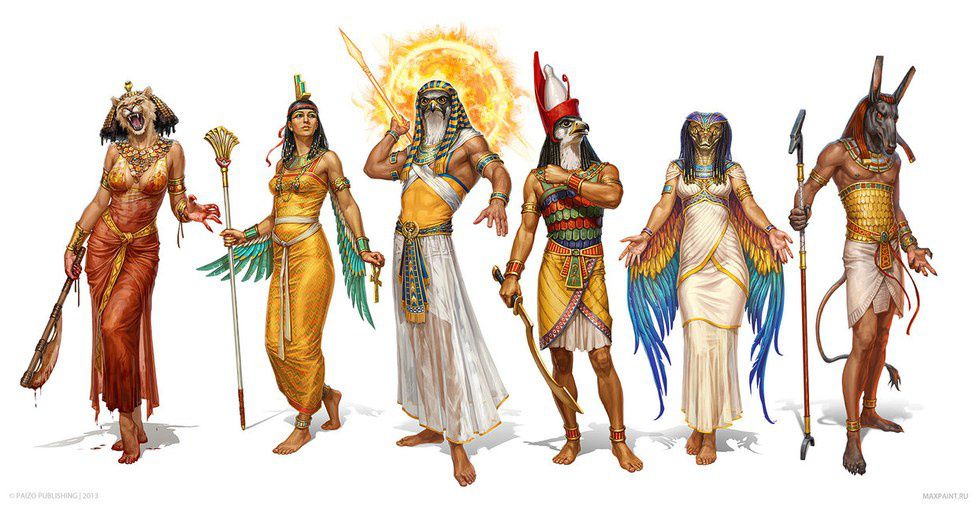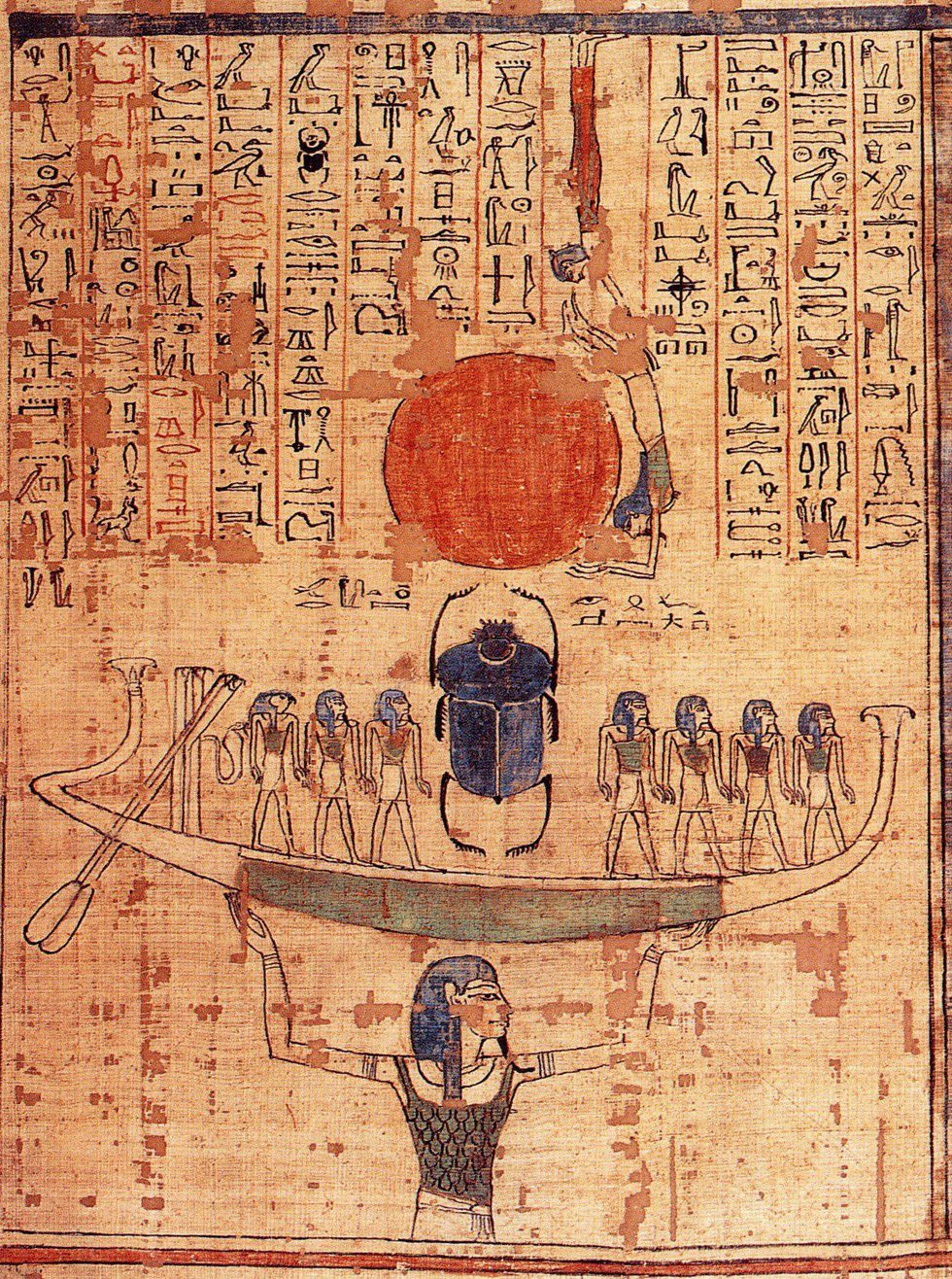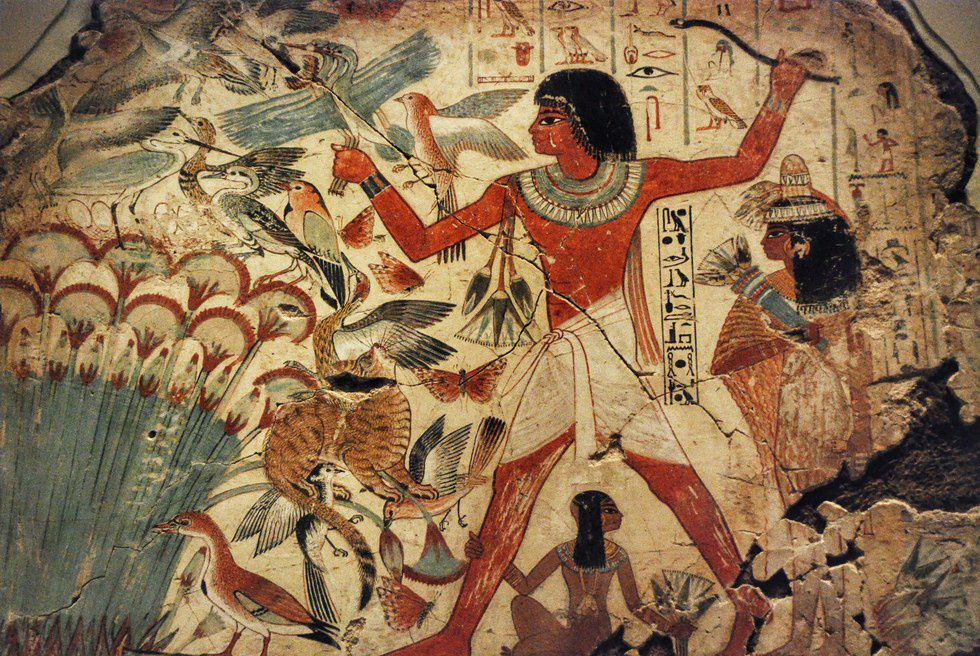This article picks up where we left off last week with the examination of the similarities between the depictions of God in the Bible and The Book of the Dead. What was once believed to be a pantheon of gods is now being interpreted as a teaching system of scientific and spiritual principles encoded in depictions of anthropomorphic animals.
According to Dr. Ramses Seleem, an Egyptologist from Cairo University, the polytheistic interpretation was primarily due to the mistranslation of the word "Neter" as "god" and "Netrit" as "goddess": "The word Neter, in fact, means principle or law, masculine, while Netrit means principle or law, feminine. Both words, therefore, refer to the natural laws governing creation, rather than deities. Neter and Netrit are very similar in meaning to the ‘yin’ and ‘yang’ of Chinese philosophy" (Ramses Seleem, The Illustrated Egyptian Book of the Dead: A New Translation with Commentary [New York: Sterling, 2001], 11). Certain dynasties of ancient Egypt worshipped an invisible, eternal, Creator God. The only visual depiction of this God was a red circle, representing light and its timeless quality.
Recommended for you
Dr. Ramses Seleem, an Egyptologist from Cairo University, noted, “Atum-Ra (God, the source and end of all light) existed before there was any notion of space or time. This power wanted to make itself known and so it uttered the sacred word to create (sound)… Ra, the light of God in nature, was later manifest on the earth through the disk of the sun, Aten, and appeared for the first time in the form of Dsher, or the sunrise at the beginning of life upon earth” (Seleem 21).
Genesis also describes a timeless God who performed creation through spoken word. Notice that the Genesis account also depicts the creation of light (Genesis 1:3-5) as having taken place before the creation of the Sun (Genesis 1:14-19). And like the Egyptian account, Genesis also emphasizes the establishment of the day cycle: “And God called the light Day, and the darkness he called Night. And the evening and the morning were the first day” (Genesis 1:5).
The Book of the Dead
continues to reflect the chronology of Genesis with the creation of humankind.
“It is humanity, which came forth from the creative aspect of God, after He had
formed all living things from Himself. They came into existence as the living
laws, who follow the light of God, with knowledge, in the course of every day”
(Seleem 89). This passage also illustrates how the first humans were perfect
practitioners of the Living Law, or Logos. They lived in harmony with nature,
uncorrupted by the knowledge of imperfection (evil). Nature itself existed in
harmony without predators or prey (Genesis 1:29-30); there were no thorns or
other harmful defects prior to the fall of humanity (Genesis 3:17-19).
Knowledge of the God of Eden, culturally revived through Abraham, is evident throughout the world's ancient cultures. In fact, almost every ancient culture includes some variation of the Genesis narrative. But that's a topic for another time.




















